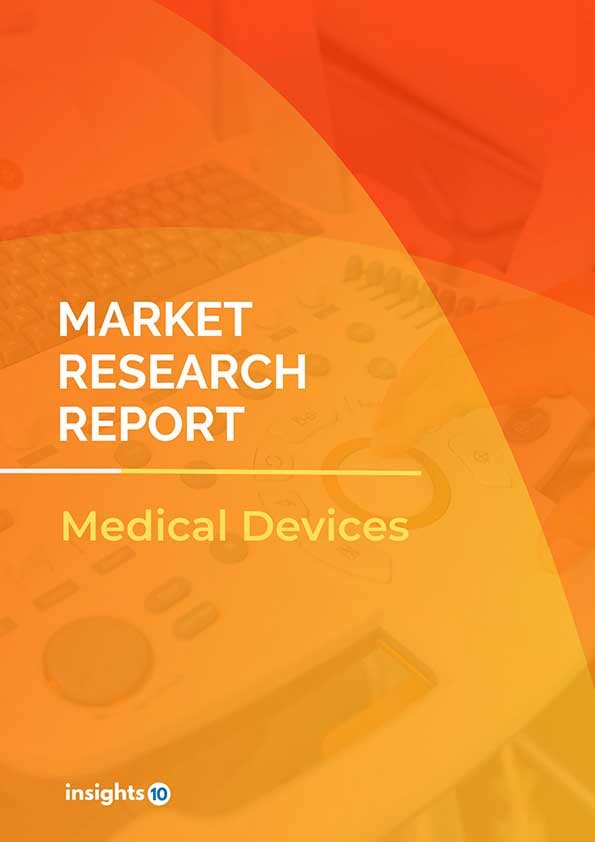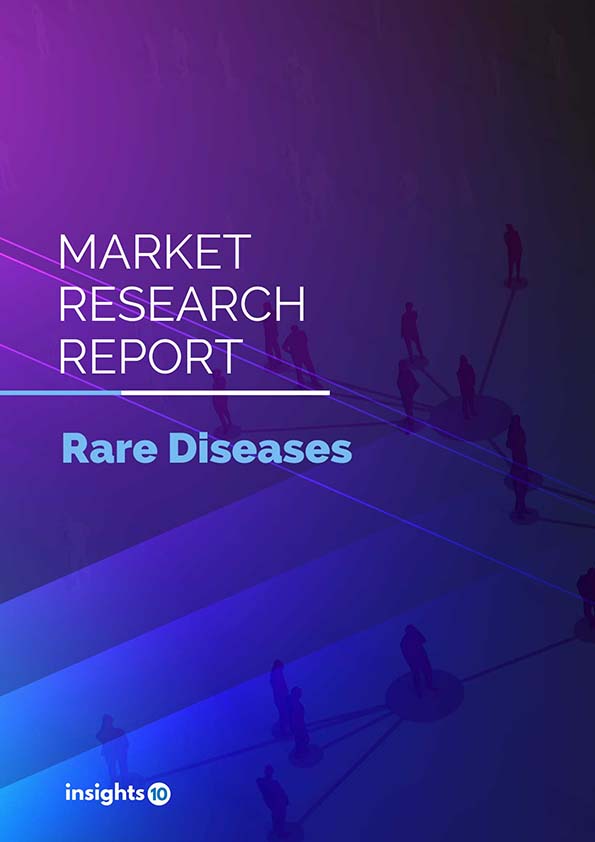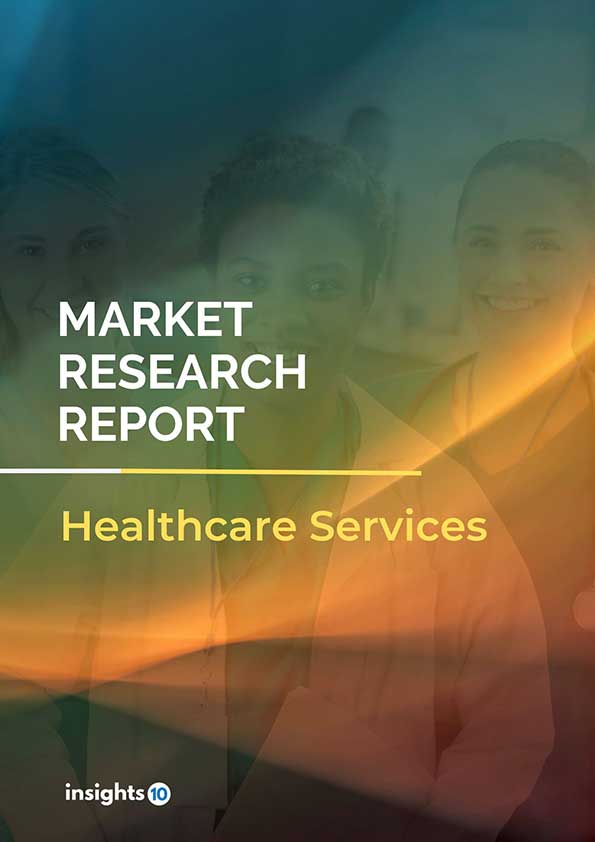Germany PET Scan Market Analysis
The Germany PET Scan Market was valued at $71 Mn in 2023 and is predicted to grow at a CAGR of 3.6% from 2023 to 2030, to $91 Mn by 2030. The key drivers of the market include expanding applications in medical field, rising advantages over other imaging techniques, and technological advancements. The prominent players of the Germany PET Scan Market are Siemens Healthineers, GE Healthcare, Hitachi, Medical Imaging Electronics (MiE), and Canon Medical Systems, among others.
Buy Now

Germany PET Scan Market Executive Summary
The Germany PET Scan market is at around $71 Mn in 2023 and is projected to reach $91 Mn in 2030, exhibiting a CAGR of 3.6% during the forecast period.
PET Scan is an advanced diagnostic and imaging technique which effectively identifies a variety of health issues such as cancer, heart disease, and brain disorders. It aids in the initial diagnosis and also in monitoring of the conditions for planning the treatment course. There are various types of PET scan including whole body PET scan. In whole body PET scan, the images of the entire body from head to toe are detected. A radiotracer is injected into the body which gets absorbed by all the tissues in the body. The scanner then detects the emitted radiation and creates detailed images of the organs and tissues. A whole-body PET scan is typically used to detect cancer, determine the stage of cancer, and monitor the treatment effectiveness. This type of scan is particularly useful for metastasis detection as it can identify even small tumors which might not be identified through other imaging tests. Another type of PET scan, called DOTATATA PET scan is used which is highly sensitive and specific for diagnosing neuroendocrine tumors (NETs). It utilizes a radiotracer called Gallium-68 DOTATATE, which combines somatostatin analog (DOTATATE) with a radioactive isotope (Gallium-68). The radiotracer targets somatostatin receptors which are often over expressed on the neuroendocrine tumors, allowing for the detection of both primary and metastatic NETs. A PSMA PET Scan is another type of PET scan used to detect, stage, and monitor prostate cancer. PSMA is the short for Prostate-Specific Membrane Antigen, which is overexpressed on the prostate cancer cells.
Germany faces a significant healthcare burden due to the rising cancer cases, as well as other chronic conditions. For instance, the age standardized incidence rates of cancer among males and females were 306.5 and 249, respectively, according to the WHO in the year 2022. These chronic conditions require continuous monitoring with advanced techniques. The Germany PET Scan Market is thus driven by significant factors such as the expanding applications in medical field, rising advantages over other imaging techniques, and technological advancements. However, the high cost, limited availability of radiotracers, and competition from other imaging techniques restrict the growth and potential of the market.
The leading players of the Germany PET Scan Market are Siemens Healthineers, GE Healthcare, Hitachi, Medical Imaging Electronics (MiE), and Canon Medical Systems, among others.

Market Dynamics
Market Growth Drivers
Expanding Applications in Medical Field: Earlier, PET scans were used primarily for cancer diagnosis and staging. However, the use of PET scans extends to a much wider range of conditions, aiding in the overall diagnoses and monitoring. With PET scans’ expanding range of uses beyond oncology, more medical specialties are integrating them into their diagnostic protocols. As a result, PET scan suppliers and manufacturers gain new customers, increasing market demand. For instance, PET scans are used in cardiology to assess blood flow to the heart, identify areas of damage, and evaluate the effectiveness of heart failure treatments. In neurology, PET scans help in diagnosis and monitoring of neurodegenerative diseases including Alzheimer’s and Parkinson’s, and other conditions such as migraine and seizures. Additionally, PET scans are being investigated for applications in autoimmune disease diagnosis, organ transplant rejection assessment, and treatment response evaluation. Overall, the expanding applications of PET scans beyond cancer diagnosis are a significant driver for market growth.
Rising Advantages Over Other Imaging Techniques: PET scans offer some unique advantages over other imaging techniques, which makes them superior in many clinical situations. PET scan provides for functional imaging. By identifying variations in a tissue's metabolism, PET scans reveal details about the activity and function of individual cells. This is especially useful in oncology, where it can be used to differentiate malignant from benign tumours based on metabolic activity. Moreover, PET scans provide for an earlier diagnosis and course of therapy by identifying cellular changes before structural alterations are apparent on other imaging modalities such as CT or MRI scan. Lastly, PET scans provide whole-body imaging, which is useful for staging malignancies across the body in a single check and identifying metastases. Contrastingly, MRI and CT usually concentrate on particular organs or anatomical areas. These benefits offered by PET scan are valuable in various medical fields which drives the PET Scan Market.
Technological Advancements: PET scans have greatly improved in terms of their technological capabilities, which have improved patient outcomes and diagnostic accuracy and efficiency. More accurate imaging of certain diseases and disorders has been made possible by the ongoing development of innovative radiotracers with enhanced specificity and affinity for a variety of biochemical targets (such as protein synthesis, glucose metabolism, and receptor binding). The sensitivity and spatial resolution have been enhanced by developments in detector technology, such as time-of-flight (TOF) PET and solid-state detectors. This improves the clarity of the images and makes it possible to examine minor lesions and structures in greater detail. PET-CT hybrid imaging has enabled the simultaneous evaluation of anatomical and metabolic data during a single imaging session which is especially useful for brain and soft tissue imaging. These technological advancements have thus a positive impact on the PET Scan Market.
Market Restraints
High Cost: The cost of PET scans is high, typically necessitating significant initial capital investment. This expense encompasses the scan procedure, the radioactive drugs used, and the scanner. In certain regions with limited healthcare budgets, both patients and healthcare facilities may perceive this cost as exorbitant. Moreover, the ongoing operational and maintenance expenses contribute to this overall expenditure. The potential expansion of the market may be limited if these costs fail to decrease or if reimbursement policies become more stringent.
Limited Availability of Radiotracers: Many of the radiotracers used in PET scans have short half-lives and are readily available and used in a much shorter time. It also requires proximity to production facilities for the presence of a cyclotron and radiochemistry laboratory, which may not be possible in rural or undeveloped areas. In addition, large-scale creation and distribution of radio tags is difficult, as it requires advanced technology and strict compliance with regulations. Inadequate supply of radiotracer devices creates many technical, regulatory and logistical challenges that hinder the full growth of the PET scan market.
Competition from other Imaging Techniques: The innovative PET scans compete with existing imaging modalities like Single Photon Emission Computed Tomography (SPECT), CT, and MRI scans. Patients find them more appealing because they are also more affordable than PET scans. Additionally, they are highly preferred since, in contrast to PET scans, they are easily accessible and widely available. As a result, the PET Scan Market is negatively impacted by the widely used older imaging modalities.
Regulatory Landscape and Reimbursement Scenario
The Federal Institute for Drugs and Medical Devices (BfArM, Bundesinstitut für Arzneimittel und Medizinprodukte) is the primary regulating body in Germany for pharmaceuticals. The main goal of BfArM is to protect public health in Germany by guaranteeing the efficacy, safety, and quality of pharmaceuticals and medical equipment. BfArM reviews and grants marketing authorizations for new drugs and medical devices for ensuring strict safety and efficacy requirements. Clinical trials carried out in Germany are also supervised to ensure they follow ethical principles and protect the rights of study participants.
For approval, the pharmaceutical companies must submit a completed MAA (Marketing Authorization Application) which can be used for drugs meant for the France market (National Procedure) or for the drugs intended for commercialization throughout the European Union (EU) through the EMA (European Medicines Agency). Through the EMA, products can be authorized through the National Procedure, the Centralised Procedure (CP), Decentralised Procedure (DCP) or Mutual Recognition Procedure (MRP). In this case, BfArM acts as a national competent authority (NCA) within the EMA framework. It then issues a final decision of either approval, conditional approval or refusal after conducting a review and evaluation of the MAA based on safety, efficacy, quality, and risk-benefit ratio.
The majority of people in Germany are covered by statutory health insurance (SHI), which is based on the social insurance model of healthcare delivery. A wide range of services are covered by statutory health insurance (SHI), including hospital stays, doctor visits, specialist consultations, preventive care, and rehabilitation. Employer and employee contributions provide the funding for SHI. Some people have the option of purchasing private health insurance (PHI), which has lower co-payments and more comprehensive coverage than SHI.
Competitive Landscape
Key Players
Here are some of the major key players in the Germany PET Scan Market:
- GE Healthcare
- Medical Imaging Electronics (MiE)
- Siemens Healthineers
- Hitachi
- Canon Medical Systems
- Hermes Medical Solutions
- Philips Healthcare
- Mediso Medical Imaging Systems
- Shimadzu Corporation
- Neusoft Medical Systems
1. Executive Summary
1.1 Device Overview
1.2 Global Scenario
1.3 Country Overview
1.4 Healthcare Scenario in Country
1.5 Regulatory Landscape for Medical Device
1.6 Health Insurance Coverage in Country
1.7 Type of Medical Device
1.8 Recent Developments in the Country
2. Market Size and Forecasting
2.1 Market Size (With Excel and Methodology)
2.2 Market Segmentation (Check all Segments in Segmentation Section)
3. Market Dynamics
3.1 Market Drivers
3.2 Market Restraints
4. Competitive Landscape
4.1 Major Market Share
4.2 Key Company Profile (Check all Companies in the Summary Section)
4.2.1 Company
4.2.1.1 Overview
4.2.1.2 Product Applications and Services
4.2.1.3 Recent Developments
4.2.1.4 Partnerships Ecosystem
4.2.1.5 Financials (Based on Availability)
5. Reimbursement Scenario
5.1 Reimbursement Regulation
5.2 Reimbursement Process for Diagnosis
5.3 Reimbursement Process for Treatment
6. Methodology and Scope
Germany PET Scan Market Segmentation:
By Modality
- PET Standalone Scanners
- PET-CT Scanners
- PET-MRI Scanners
By Application
- Oncology
- Cardiology
- Neurology
- Other
By End-User
- Hospitals and Surgical Centers
- Diagnostic and Imaging Clinics
- Ambulatory Surgical Centers
- Research Institutes
Methodology for Database Creation
Our database offers a comprehensive list of healthcare centers, meticulously curated to provide detailed information on a wide range of specialties and services. It includes top-tier hospitals, clinics, and diagnostic facilities across 30 countries and 24 specialties, ensuring users can find the healthcare services they need.
Additionally, we provide a comprehensive list of Key Opinion Leaders (KOLs) based on your requirements. Our curated list captures various crucial aspects of the KOLs, offering more than just general information. Whether you're looking to boost brand awareness, drive engagement, or launch a new product, our extensive list of KOLs ensures you have the right experts by your side. Covering 30 countries and 36 specialties, our database guarantees access to the best KOLs in the healthcare industry, supporting strategic decisions and enhancing your initiatives.
How Do We Get It?
Our database is created and maintained through a combination of secondary and primary research methodologies.
1. Secondary Research
With many years of experience in the healthcare field, we have our own rich proprietary data from various past projects. This historical data serves as the foundation for our database. Our continuous process of gathering data involves:
- Analyzing historical proprietary data collected from multiple projects.
- Regularly updating our existing data sets with new findings and trends.
- Ensuring data consistency and accuracy through rigorous validation processes.
With extensive experience in the field, we have developed a proprietary GenAI-based technology that is uniquely tailored to our organization. This advanced technology enables us to scan a wide array of relevant information sources across the internet. Our data-gathering process includes:
- Searching through academic conferences, published research, citations, and social media platforms
- Collecting and compiling diverse data to build a comprehensive and detailed database
- Continuously updating our database with new information to ensure its relevance and accuracy
2. Primary Research
To complement and validate our secondary data, we engage in primary research through local tie-ups and partnerships. This process involves:
- Collaborating with local healthcare providers, hospitals, and clinics to gather real-time data.
- Conducting surveys, interviews, and field studies to collect fresh data directly from the source.
- Continuously refreshing our database to ensure that the information remains current and reliable.
- Validating secondary data through cross-referencing with primary data to ensure accuracy and relevance.
Combining Secondary and Primary Research
By integrating both secondary and primary research methodologies, we ensure that our database is comprehensive, accurate, and up-to-date. The combined process involves:
- Merging historical data from secondary research with real-time data from primary research.
- Conducting thorough data validation and cleansing to remove inconsistencies and errors.
- Organizing data into a structured format that is easily accessible and usable for various applications.
- Continuously monitoring and updating the database to reflect the latest developments and trends in the healthcare field.
Through this meticulous process, we create a final database tailored to each region and domain within the healthcare industry. This approach ensures that our clients receive reliable and relevant data, empowering them to make informed decisions and drive innovation in their respective fields.
To request a free sample copy of this report, please complete the form below.
We value your inquiry and offer free customization with every report to fulfil your exact research needs.










































